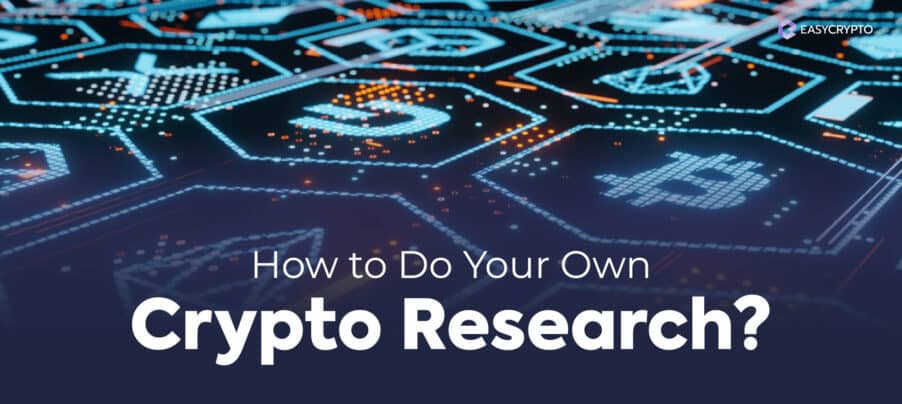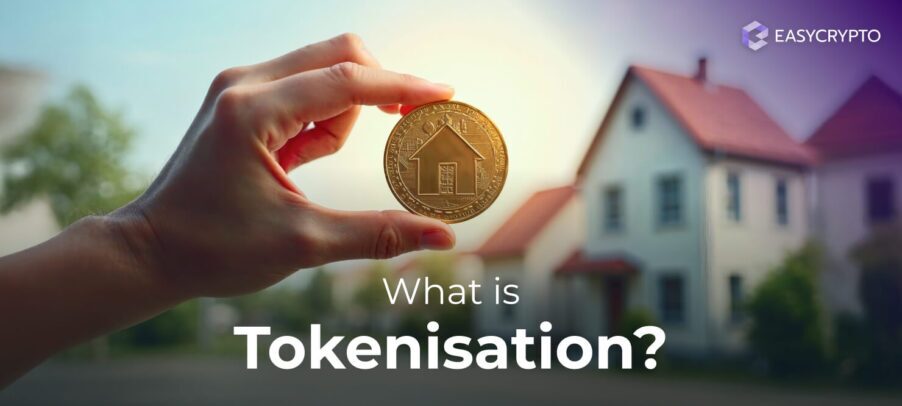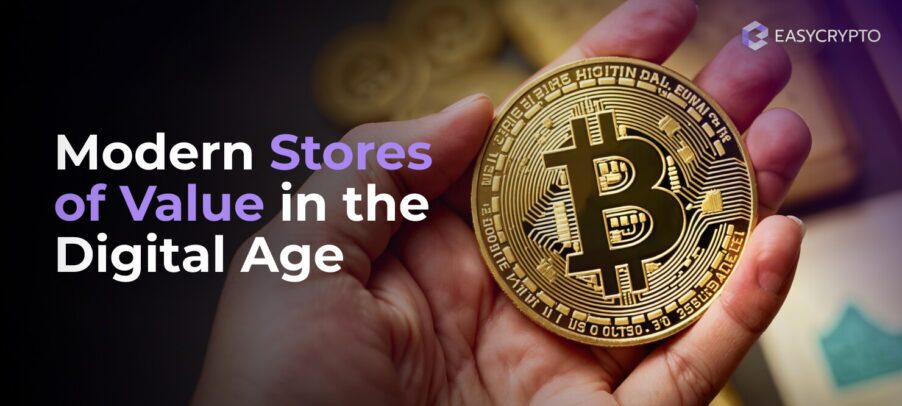A Complete Guide to Blockchain for Beginners
The last 20 years have been noted for having technological advances superior to those of the last century, especially when it comes to saving data.
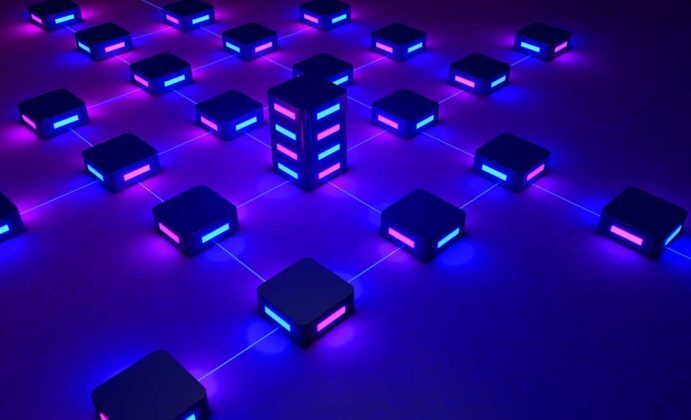

The last 20 years have been noted for having technological advances superior to those of the last century, especially when it comes to saving data and ensuring that it is never lost. Today, we can say that we live in the era of blockchain, a technology with enormous levels of applicability and reliable like no other.
Even when Bitcoin and other cryptocurrencies are getting popular these days, it is understandable if you still have no idea what blockchain is exactly, how it works, and what benefits blockchain can offer. So here is your one-stop guide to blockchain, explained in plain English.
What is blockchain?
Blockchain is a database distributed among different computers/nodes around the world, which cannot be falsified or corrupted. In order to understand what it really is, we can compare blockchain to an accounting book that replicates identically across all of these nodes, as well as all the operations that take place on the network. The concept is not based on a single entity that manages the information, but it is distributed in updated copies in real-time.
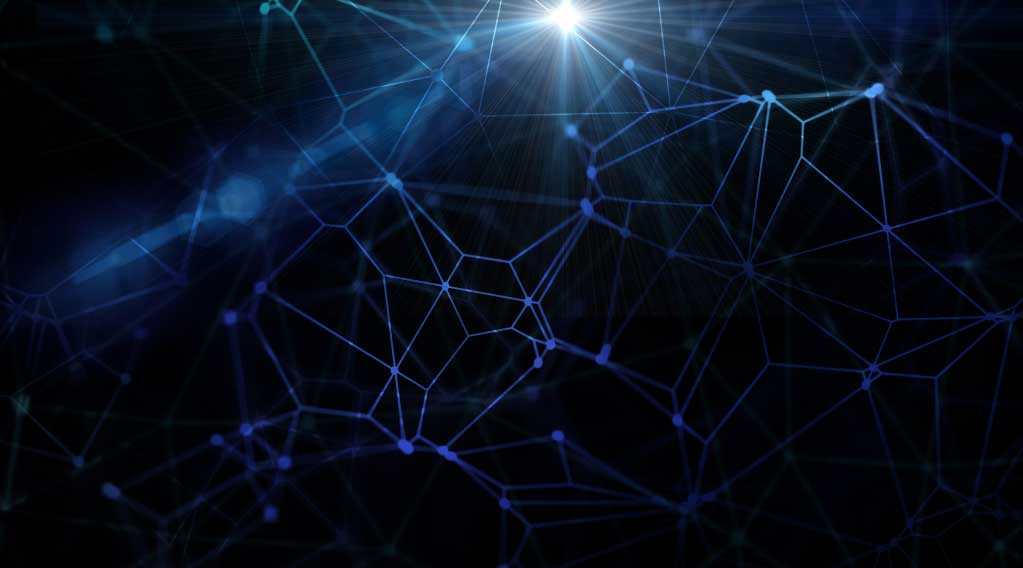
For example, imagine a lego block construction. Each block is an operation and each new block that is added contains all the untouchable information of all the previous ones. It is for this reason that blockchain points to the future of data management, being the only technology that ensures 100% that there will be no manipulation of records. Blockchain establishes a consensus in which all parties must agree to function.
Although blockchain emerged as a boom with the birth of Bitcoin, this technology was born in 1991 at the hands of scientists Stuart Haber and W. Scott Stornetta to prevent data falsification using a computational solution. Ironically, it would take almost 20 years for us to realize how important it was to adopt blockchain to our lives.
How do you explain the way blockchain works?
There are many ways to explain how this technology works.
Blockchain poses a mathematical challenge to nodes and the first one to solve it sends the unique solution to everyone else. If the majority of the nodes certify that the result is correct, that block is accepted by all and becomes part of the chain with all the previous information, in addition, to have an indelible stamp of the moment in which the operation was performed. In this way, the network works by inviolable consensus between the parties.
Once an operation is approved in this master book, it cannot be modified or removed, so in a few words blockchain replaces trust with mathematics.

It should be noted that for blockchain technology to work, whoever wants to use it must create specific software for it. This software will allow computers to create a network that will put the blockchain in distributed operation, just as it happens in the case of Bitcoin and other cryptocurrency software. In all possible cases, this software will be open source and will have to be supported by free software licenses. This will give the blockchain a public character and allow contributions.
The essential work of a blockchain is to allow us to read and introduce new records that have been approved by all parties. Anything that does not agree with the previous records will be impossible to recognize since we are talking about very advanced mathematical calculations that — if they are correct — will always coincide.
The benefits of blockchain
With its advanced and well-calculated technology, blockchain offers so many advantages, some of them are as follow:
Greater security
One of the most distinctive features of blockchain is that it increases security levels by having the infinite capacity for data checking. All data transmitted between blocks is intrinsically encrypted, which is why we are talking about a network that simply cannot be manipulated for the benefit of anyone, but rather by the consensus and approval of all. The application of blockchains makes security systems with users and passwords seem like a bad joke.
Since there is no blind spot in the blockchain, it is practically impossible to hack this data. Think of it this way; If a document is saved on every computer in the world, it will be difficult to convince one that the others are transmitting false data. In a common scenario, a hacker would have to overwhelm more than 50% of a blockchain faster than a block is created, thus requiring unthinkable computing power. It is also necessary to point out that the bigger and decentralized a blockchain is, the more difficult it will be to attack.

Decentralization and incorporation of smart contract blockchain
The decentralization of blockchain technology is one of the reasons why it is so special, since it does not necessarily have or can be created by a government or financial institution. Although there may be a private blockchain, data storage and verification of blocks transcends the boundaries of censorship, control and other barriers that we can achieve in traditional systems.
Smart contracts in blockchain are contracts that self-execute when the conditions signed by the parties involved are met. For example, suppose you buy a plane ticket for $500, but you add $50 insurance that stipulates the refund of the amount in case the flight is delayed 2 hours. When your flight is delayed, you receive a deposit of $550 without anyone lifting a finger. The terms of the contract are simply being met through smart solutions.
Smart contracts in blockchain serve to pay bills when they reach a specific amount, save paper costs and business procedures, among many other uses.
Greater speed and efficiency
Blockchain is probably the fastest and most efficient technology that humans have come up with so far, especially considering how tedious manual data entry can be. Also, we risk making mistakes (which is natural in humans) and failing to complete a procedure that took a long time to get started. Blockchain is responsible for checking all records ever existing in no time and without margin of error.
Blockchain’s verification speed also has its great benefits. Blockchain eliminates the intervention of third parties in verification processes because the information necessary to carry out this procedure is included in the distributed ledger, thus allowing them to occur almost instantaneously.
The example of using blockchain technology in daily lives

Blockchain managed to demonstrate its potential after Satoshi Nakamoto created Bitcoin, the first cryptocurrency in the world and also the first to operate with blockchain technology.
Every Bitcoin transaction is, although anonymous, by far the most incorruptible payment system that we’ve experienced so far, as there are no chances of a fraudulent Bitcoin transaction (thanks to the blockchain). This was one of the first major use cases for blockchain and would mark a milestone in the world’s financial history.
Blockchain works as a digital ledger for Bitcoin. It verifies and records all the transactions that ever made since the first block was mined. The crypto community started mining Bitcoins through mining machines, which decode complicated mathematical calculations from these blocks at surprising speed and get rewarded for it.
Thanks to blockchain, it is impossible to fake or manipulates any Bitcoin transaction that has already been made or that is yet to be carried out.
Let’s try blockchain by buying Bitcoin or other cryptocurrencies
Multiple companies and institutions around the world are adopting blockchain solutions to optimize the quality of their work and services, which could drive humanity’s technological advance even faster than we have witnessed for the past 10 years.
Blockchain has already been tested for electrical service companies, fast food chains and product exports, etc. Even Walmart has declared to be interested in implementing this technology to optimize the deliveries of its packages. And in Australia itself, there are already a lot of businesses that accept payment with Bitcoin.
The truth is that blockchain’s relationship with cryptocurrencies is only a prelude to the full capabilities of this technology and the only way to see how far it can go is through new use cases, and there is no shortage of them.
Although blockchain promotes decentralization, it can even be used to keep presidential elections clean and safe, if the electoral authorities decide to implement it. Australian authorities use blockchain to store police footage as incorruptible evidence, and Dubai spoke about moving all public documents onto a blockchain, thus proving the level of seriousness with which this technology is taken.
So, that’s all there is to blockchain, at least the basics of it. What do you think? Is blockchain technology great? Are you interested to buy cryptocurrency in Australia today? Will blockchain and cryptocurrency improve our lives better?
Share to
Stay curious and informed
Your info will be handled according to our Privacy Policy.
Make sure to follow our Twitter, Instagram, and YouTube channel to stay up-to-date with Easy Crypto!
Also, don’t forget to subscribe to our monthly newsletter to have the latest crypto insights, news, and updates delivered to our inbox.
Disclaimer: Information is current as at the date of publication. This is general information only and is not intended to be advice. Crypto is volatile, carries risk and the value can go up and down. Past performance is not an indicator of future returns. Please do your own research.
Last updated December 7, 2021



